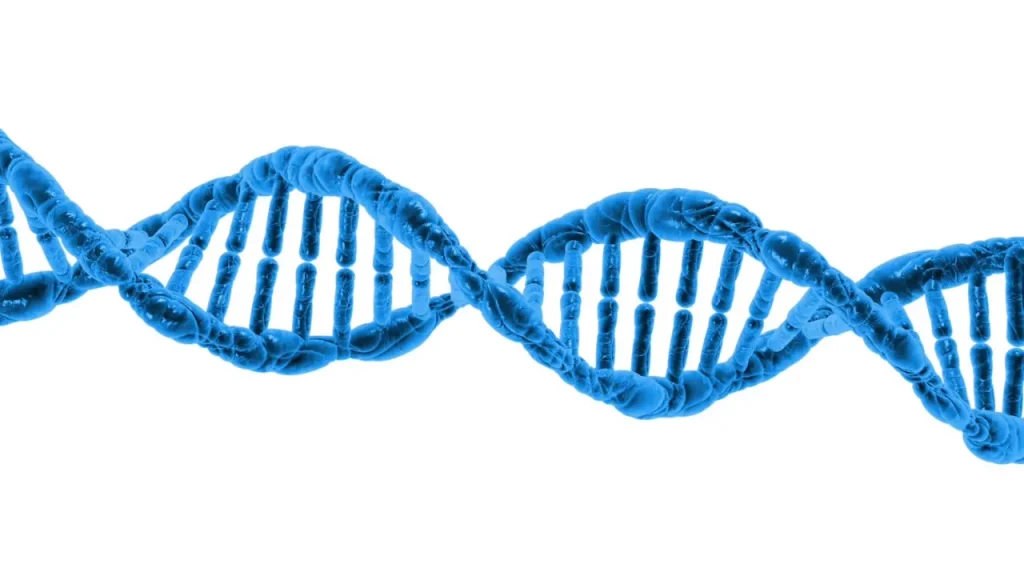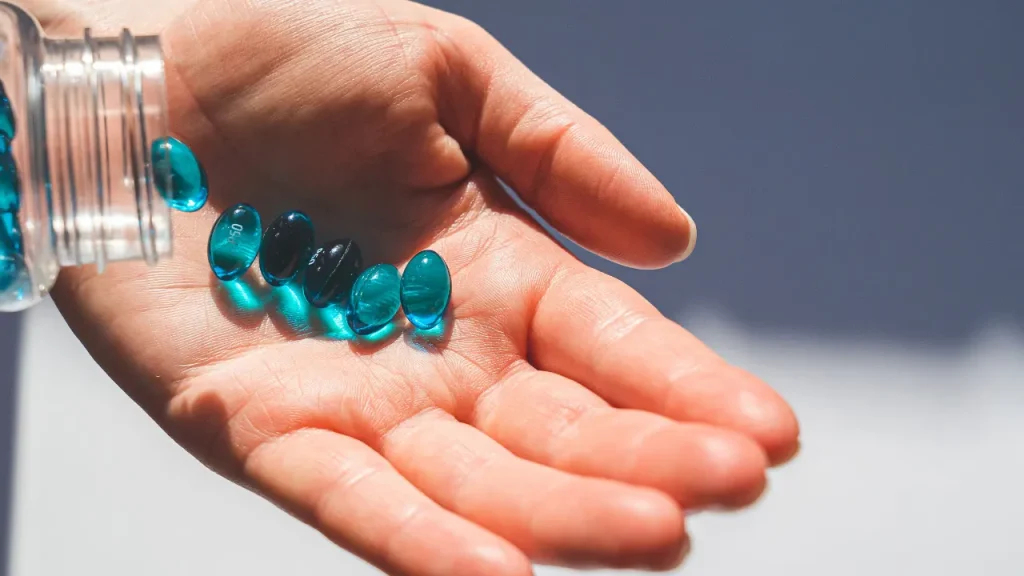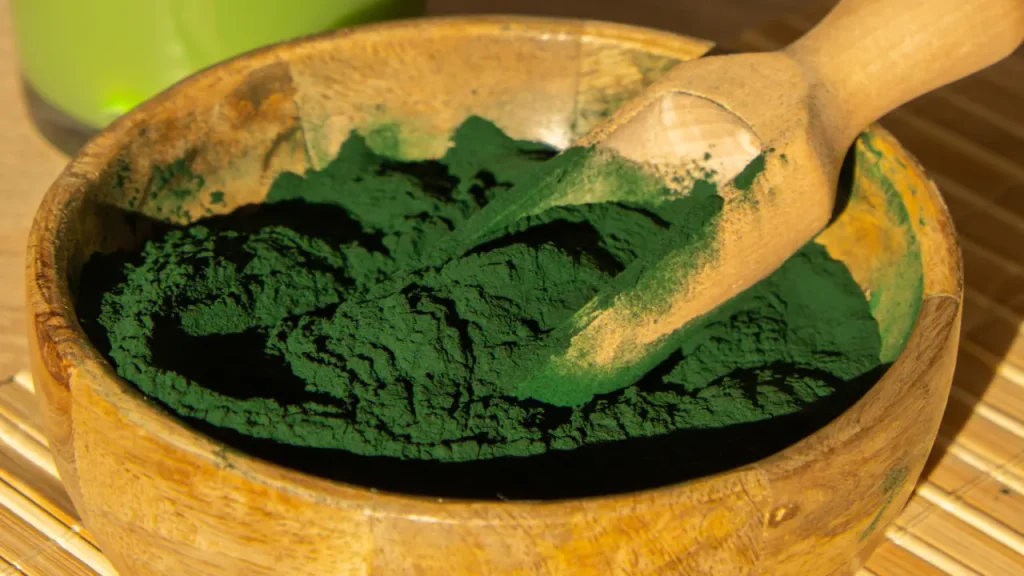Cyanobacteria, often known as blue-green algae, are photosynthetic creatures that hold a special place in the tree of life. They are prokaryotes, much like bacteria, but they also engage in photosynthesis, which creates oxygen, just like plants. They have been the subject of extensive scientific study for decades due to their dual nature. The potential of cyanobacteria as a dietary supplement has attracted more interest in recent years. This page seeks to present a thorough analysis of blue-green algae’s properties, health advantages, recommended dosage, side effects, potential drug interactions, and responsible use as a dietary supplement.
You May Also Like:
Levium Premium Liquid Fast-Acting Natural Stress Relief Supplement: In-Depth Review
Blue-Green Algae: Benefits, Dosage, Side Effects, Drug Interactions, and Other Important Information is an original (NootropicsPlanet) article.
The Nature of Blue-Green Algae
The group of organisms known as cyanobacteria is diverse and has a vast morphological variety and ecological niches. They are common in both aquatic and terrestrial habitats and have had a big impact on how the biosphere of Earth has developed. The Great Oxygenation Event, a large rise in atmospheric oxygen levels around 2.4 billion years ago, was caused by cyanobacteria. The development of aerobic life forms, including humans, was made possible by this occurrence.
The two main genera of cyanobacteria that are utilized as dietary supplements are Spirulina and Aphanizomenon. Aphanizomenon is a planktonic, free-floating organism, whereas spirulina is a filamentous cyanobacterium. To ensure ideal growth and purity, these species are either taken from natural water bodies or grown in controlled conditions.
Health Benefits of Blue-Green Algae
Proteins, vitamins, minerals, and bioactive compounds are just a few of the nutrients that blue-green algae are high in. These supplements are said to have a variety of health advantages, including the following:
a. Nutritional Advantages
All nine of the essential amino acids are present in cyanobacteria which serve as a superb source of these proteins when used as a supplement. Additionally, they offer a healthy ratio of omega-3 to omega-6 fatty acids. Vitamins A, B1, B2, B3, B6, and E, as well as minerals including iron, calcium, magnesium, and zinc, are particularly abundant in spirulina.
b. Inflammatory and Antioxidant Properties
The phytochemicals found in blue-green algae, including phycocyanin, chlorophyll, and carotenoids, have anti-inflammatory and antioxidant properties. These substances neutralize free radicals and lessen oxidative stress, preventing cellular damage and chronic inflammatory illnesses.
c. Effects on Immunomodulation
According to studies, blue-green algae can influence immune response by increasing the activity of natural killer cells and cytokine synthesis. These outcomes could support healthy immune function and infection prevention.
d. Effects on lowering lipids and preventing diabetes
It has been demonstrated that blue-green algae increase high-density lipoprotein (HDL) cholesterol while decreasing total cholesterol, low-density lipoprotein (LDL) cholesterol, and triglyceride levels. They may enhance insulin sensitivity and glucose homeostasis, which makes them a possible supplementary therapy for treating dyslipidemia and type 2 diabetes.
e. Effects of neuroprotection
Compounds produced from cyanobacteria, like phycocyanobilin, have been shown to have neuroprotective benefits by lowering brain inflammation, oxidative stress, and cytotoxicity. Potential uses for these characteristics include the prevention or treatment of neurodegenerative diseases like Parkinson’s and Alzheimer’s.

Chemistry of Blue-Green Algae
A wide variety of bioactive substances found in blue-green algae contribute to their ability to promote health. The following groups can be used to classify these compounds broadly:
a. Colourants
Many pigments found in cyanobacteria have antioxidant properties and perform important roles in photosynthesis. These include phycobiliproteins like phycocyanin and phycoerythrin, which contribute to the blue color, and chlorophyll, which gives the green color.
b. Amino Acids and Proteins
Spirulina has a high protein content that can range from 60 to 70 percent of its dry weight. As mentioned, blue-green algae contain all nine essential proteins.
c. Fatty Acids
Omega-3 and omega-6 essential fatty acids are abundant in cyanobacteria. Gamma-linolenic acid (GLA), alpha-linolenic acid (ALA), and linoleic acid (LA) are the three fatty acids that are most prevalent in blue-green algae.
d. Polysaccharides
Exopolysaccharides and sulfated polysaccharides are two types of polysaccharides that are produced by blue-green algae and have anti-inflammatory, antioxidant, and immunomodulatory properties.
e. Minerals and vitamins,
Vitamins A, B1, B2, B3, B6, E, and K, as well as minerals like calcium, iron, magnesium, and zinc, can all be found in abundance in blue-green algae.
Physiological Mechanisms of Action of Blue Green Algae
Through a variety of physiological pathways, the numerous bioactive chemicals in blue-green algae contribute to their health advantages:
a. Mechanisms of antioxidants
Phytocyanin, chlorophyll, and carotenoids in the algae help lower oxidative stress and neutralize reactive oxygen species (ROS). These antioxidants shield DNA, proteins, and lipids within cells from the harm caused by free radicals.
b. Mechanisms that combat inflammation
The synthesis of pro-inflammatory cytokines like tumor necrosis factor-alpha (TNF-a) and interleukin-6 (IL-6) is inhibited by blue-green algae, while the production of anti-inflammatory cytokines like interleukin-10 (IL-10) is encouraged.
c. Mechanisms of Immunomodulation
Blue-green algae contain polysaccharides and other bioactive substances that can boost immune cell activity, including the growth and activation of macrophages, T-cells, and natural killer cells, as well as the creation of antibodies.
d. Anti-diabetic and Lipid-lowering Mechanisms
By lowering dietary cholesterol absorption and boosting the conversion of cholesterol to bile acids, blue-green algae can enhance lipid metabolism. They might also change the expression of genes associated with lipogenesis and enhance the expression of genes related to fatty acid oxidation. Additionally, blue-green algae can improve peripheral tissues’ sensitivity to insulin and uptake of glucose, leading to better glycemic control.
e. Mechanisms that Protect the Brain
Cyanobacteria-derived compounds have neuroprotective effects by lowering oxidative stress, preventing the production of pro-inflammatory cytokines, and regulating glutamate receptor activity.

Optimal Dosage of Blue-Green Algae
The ideal dosage of supplements containing blue-green algae may change based on a person’s needs, needs, age, gender, and health status. For the majority of individuals, a daily dosage of 1–3 gm is generally regarded as safe and effective. Higher quantities (up to 10 gm per day) have been used in some studies for particular health concerns, however, it is advisable to speak with a doctor before taking higher doses.
Side Effects of Blue-Green Algae
Supplements containing blue-green algae are often well tolerated and have few negative effects. However, particularly when beginning supplementation, some people may have gastrointestinal discomforts, such as bloating, gas, or diarrhea. Usually, these side effects go away with sustained use or dosage reduction.
Selecting high-quality blue-green algae supplements is crucial because those that are contaminated with dangerous bacteria or toxins, including microcystins, can have a negative impact on a person’s health. Choose items that have undergone purity testing and are made by trustworthy companies to reduce the risk.
Potential Substance Interactions with Blue-Green Algae
Despite blue-green algae supplements are generally safe, the following interactions with drugs and other substances need to be taken into account:
a. Anticoagulant and antiplatelet drugs
The vitamin K found in Spirulina and other blue-green algae is important for blood clotting. The effects of anticoagulant and antiplatelet medications like warfarin and aspirin can be offset by a high vitamin K consumption. Consult your healthcare physician before beginning a blue-green algae supplement if you are currently using these medications.
b. Immunosuppressive Medication
Blue-green algae may interact with immunosuppressive drugs and potentially lessen their efficiency since they have the ability to alter immune function. The usage of supplements containing blue-green algae should be discussed with a healthcare professional if the patient is on immunosuppressive therapy.
c. Antihypertensive medications
According to some data, blue-green algae may reduce blood pressure. This action might result in hypotension (excessively low blood pressure) when paired with antihypertensive drugs. For those on blood pressure-lowering medication, caution is suggested.

Responsible Use of Blue-Green Algae Supplements
Consider the following recommendations to maximize the advantages and reduce the hazards of supplementing with blue-green algae:
a. Select Products of High Quality
Make sure the supplement you select has undergone purity and potency testing and is produced by a trustworthy manufacturer. As a sign of a high-quality product, look for third-party certifications or seals of approval.
b. Adhere to the Suggested Dosage
Follow the dose recommendations that the manufacturer or your doctor has given you. Consider lowering the dosage or stopping use if side symptoms appear.
c. Speak with a Medical Professional
It is always best to speak with a healthcare provider before beginning any new supplement regimen, particularly if you have a pre-existing medical condition, are on medication, are pregnant, or are nursing.
Blue-Green Algae:
Conclusion
Blue-green algae stand out as a supplement with potential health benefits derived from its nutrient-rich composition. Cyanobacteria also known as blue-green algae is often praised for its high protein content, vitamins, and essential fatty acids. It is believed to have inflammatory and antioxidant properties, and immunomodulating effects along, and it is also claimed to protect the nervous system.
Its broad range ability owes to the bioactive compounds as they are involved in various metabolic pathways such as those that combat inflammation, lower lipid profile, protect the brain, and others. It is important to approach its incorporation into your routine with careful consideration. While preliminary findings suggest promising health advantages, comprehensive scientific research is vital to establish the efficacy, safety, and optimal dosage of blue-green algae for human consumption.

References:
- Health Benefits of Blue-Green Algae: Prevention of Cardiovascular Disease and Nonalcoholic Fatty Liver Disease. Retrieved from:https://www.ncbi.nlm.nih.gov/pmc/articles/PMC3576896/
- Health Benefits of Blue-Green Algae: Prevention of Cardiovascular Disease and Nonalcoholic Fatty Liver Disease. Retrieved from:https://pubmed.ncbi.nlm.nih.gov/23402636/
- Spirulina- An Edible Cyanobacterium with Potential Therapeutic Health Benefits and Toxicological Consequences. Retrieved from: https://pubmed.ncbi.nlm.nih.gov/35916491/
Important Note: The information contained in this article is for general informational purposes only, and should not be construed as health or medical advice, nor is it intended to diagnose, prevent, treat, or cure any disease or health condition. Before embarking on any diet, fitness regimen, or program of nutritional supplementation, it is advisable to consult your healthcare professional in order to determine its safety and probable efficacy in terms of your individual state of health.
Regarding Nutritional Supplements Or Other Non-Prescription Health Products: If any nutritional supplements or other non-prescription health products are mentioned in the foregoing article, any claims or statements made about them have not been evaluated by the U.S. Food and Drug Administration, and such nutritional supplements or other health products are not intended to diagnose, treat, cure, or prevent any disease.


